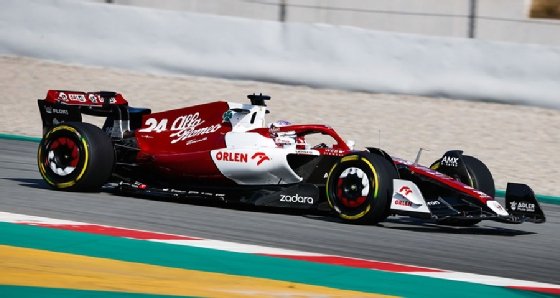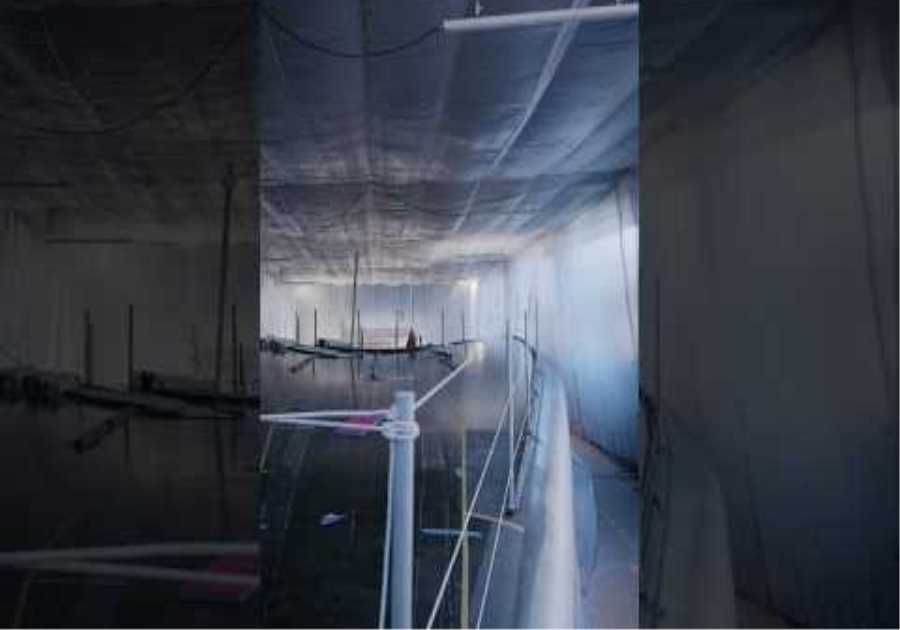
Alfa Romeo Formula One Team Orlen aims to lap the competition by gleaning race and performance insights from data stored by Zadara Edge Cloud.
The platform, an automated storage, networking and compute provisioning service, enables the team to store and access car performance, technical specifications, and track data such as weather and road conditions instead of moving and syncing physical hardware, according to Jan Monchaux, technical director for Alfa Romeo F1.
The F1 motorsports competition league has become yet another sport transformed by analytics. In order to remain competitive, teams like Alfa Romeo need quick access to data, and that requires responsive and accessible data storage, Monchaux said.
“F1 is a very fast-moving industry, and we are extremely impatient,” he said.
Race day readiness
Monchaux’s typical day involves managing a team of about 250 engineers to optimize the Alfa Romeo F1 Team Orlen C42 car. Team drivers use the car in about two dozen Grand Prix competitions each year, which require constant goal setting and tuning from Monchaux and his team.
Jan Monchaux
“[My position] is more about setting the direction, setting the priorities, making sure the different cooks are working in harmony,” Monchaux said.
Previously, the engineering team would transport its technology stack to each Grand Prix location, a process that was both costly and inefficient. The team partnered with Zadara in 2021 and renewed the partnership for the 2022 season. The team can now access its data easily in the cloud at the dozens of active F1 circuits across the globe.
“The best IT is the IT you’re never complaining about,” Monchaux said. “It was a big wish to try and move to cloud services. It offers all that flexibility, while an old-fashioned, limited on-premises [appliance] back at the factory was showing some limitations.”
F1 teams only have a short window to experiment with the vehicle’s performance and capabilities before a new year of racing begins; the platform ensures that whatever data Monchaux and his team need is available for analysis during the preseason tests. The team can also make use of its data for insights on performance and car limitations for tweaks and changes down the line, he added.

The Alfa Romeo F1 Team Orlen C42 car drives the track during the 2022 filming day at the Spanish Grand Prix.
“We want to have that data stored in an integrated infrastructure so that we can also try to extract more information from the data we’re generating,” he said. “When you have three to six days to prepare for a season that is 23 races long, you better make sure you spend your time on track maximizing the mileage and really optimize the car.”
Zadara’s cloud storage, along with its partnership with Seagate Lyve Cloud for compute, enables the Alfa Romeo team to bring a virtual hyper-converged infrastructure wherever it goes, Monchaux said.
“Once the race is over and you’re going through debrief sessions, lessons learned and doing a post-event analysis, all the data is being further analyzed and looked into to try and understand why things went wrong or why things went well,” he said. “It’s really essential to know we have everything centrally located and easily accessible.”
Plotting the course
Zadara’s growth from a cloud storage provider to a vendor offering a greater number of cloud services was always the plan, said Nelson Nahum, CEO of Zadara. Customers such as Alfa Romeo compete in locations that might not always be best served by major hyperscalers such as AWS or Microsoft Azure, but a federated group of local MSPs can provide those services locally and efficiently.
The best IT is the IT you’re never complaining about.
Jan MonchauxTechnical director, Alfa Romeo F1 Team Orlen
“We came up with the strategy of the federated edge, putting all these [MSPs and data centers] together into a central e-commerce platform that any customer can choose and deploy workloads there,” Nahum said.
This collection of 250 MSPs not only helps expand Zadara’s reach for storage services, but also build out the company’s global reach to customers and markets that previously felt underserved, such as those in South America or Africa, Nahum said.
“Everybody is talking about edge cloud, but everybody is building devices and software for somebody else to build the edge cloud,” he said.
The edge in cloud computing and storage might have newfound attention from hyperscalers, but Nahum believes the technology partnerships Zadara has established will help the company remain speedy and competitive at the edge.
“When a person is consuming data, you can wait a little bit — a few milliseconds here and there is not too bad,” Nahum said. “But when a machine is [consuming data], the difference between 50 or five milliseconds is huge. As the market evolves and the remote machines [are] consuming and generating data for other machines, I think more and more obligation will be at the edge.”
Tim McCarthy is a journalist living on the North Shore of Massachusetts. He covers cloud and data storage news.






